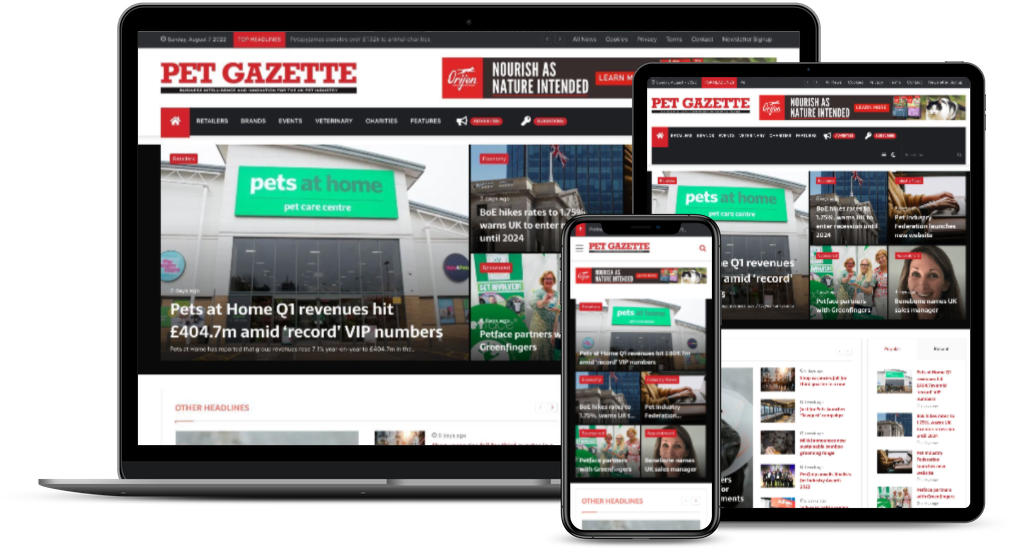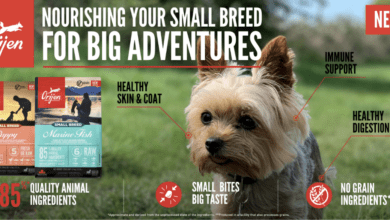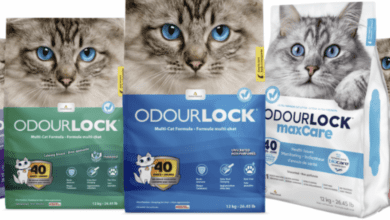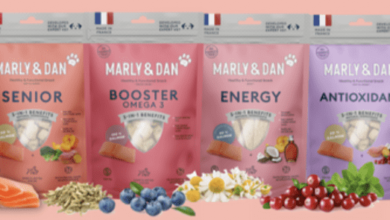Paws for thought – trends that have impacted the pet care industry
Opinion piece from Emma Thompson, head of Agency at Golley Slater
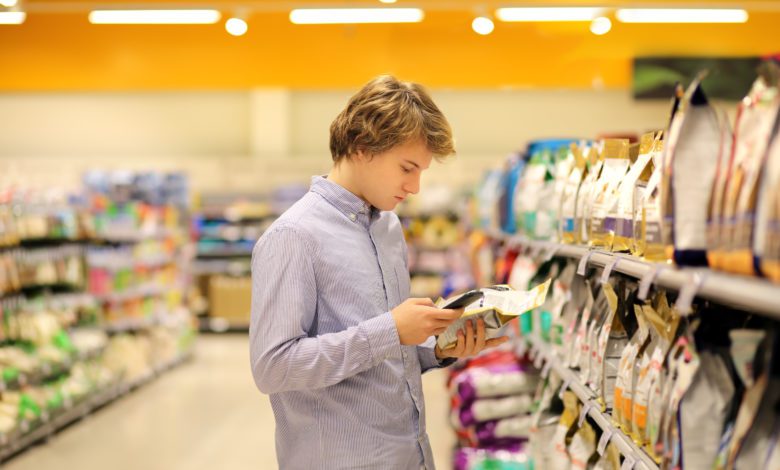
Even before the Coronavirus pandemic upended everything, the pet care industry tended to mirror the trends of the human world, influenced by factors such as where we live, what we eat and our attitude towards health and wellness. It’s no surprise then that major shifts in pet care shopping habits have occurred over the last ten months, as restrictions due to the global pandemic came into effect and our usual day-to-day lives were thrown upside down.

